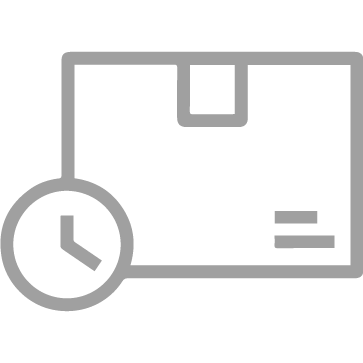- Fixed price
- Time & material
- Dedicated team
Fixed price
Fixed price is a model suitable for small and medium-scale projects with all the necessary documentation, specification, and requirements. This approach works best for the client when project requirements are firmly set and are not going to be changed. It is commonly used for short-term projects like MVP or PoC products or long-term projects with a firm plan and necessary specifications that won’t be changed in the future. This cooperation model includes strict deadlines for project implementation.

pros
Documentation
All necessary documents, like project requirements and specifications, are ready. It ensures the likelihood of getting the exact product that the client needs.
Deadlines
The milestones, workflow plan, and deadlines are approved.
Accurate estimations
As all requirements are approved in advance, it is possible for the vendor team to estimate the budget and amount of money accurately.
No extra management
This approach doesn’t take the client’s time or management efforts as the budget and deadlines were agreed.
Risks
Not all requirements may be predicted correctly. Sometimes some changes and re-estimation are needed. However, this approach is not designed for changes.
Miscommunication
As a tech team works with submitted documentation, there is a risk that some details were missed. In this way, the product can be different from what the client needs to receive.

Cons
Time and material
T&M is a model suitable for small and medium-scale projects when it is difficult to define the whole scope of work and the total price. This cooperation model offers flexibility and agility to modify new requirements, to manage a dedicated team, and optimize costs. This method works best for clients who don’t need a large team. Thus, the customer pays only for the development process and the results.

pros
Agility
Adjust new requirements, replace features during the project.
Monitoring
Monitor the process and see the result during the development stages.
Result
Involve users during the process of development to get that very product.
Payment
Pay only for the actual work scope based on hourly rates of the tech team.
Budget
The budget for developing a product may vary, as it is not possible to estimate the whole process of work in advance. It depends on a number of issues and adjusting new features.
Deadline
Deadlines are vague as the development process changes. The workflow is based on implementations of small tasks, that is why it is hard to estimate the fixed deadline of the project.

Cons
Dedicated team
A dedicated team works best when the client needs to augment the existing team with professional developers. It assumes that the vendor’s expert team becomes a part of the existing expert team that is currently working on the project. This cooperation model is suitable for big long-term in-house and external projects with unclear deadlines and requirements. In return, the client manages the team according to the company culture and project management sprints. The price consists of the team’s monthly salary and administrative costs.

pros
Management
The customer has full control over the team’s workflow, deadlines, and working hours.
High expertise
The customer selects appropriate developers with the necessary skills and expertise suitable for the current challenge in the development process.
Cut expenses
Hiring a dedicated team gives an opportunity to forecast exact monthly expenses and taxes.
Time-saving
The remote team allows the customer to speed up the development process, as there is no need to find and hire in-house staff.
Communication
Managing a remote team always requires customer’s engagement and time.



